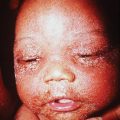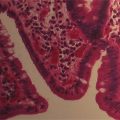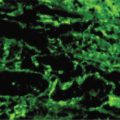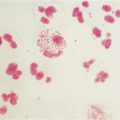CASE 21
Ten-year-old Jimmy is brought to your office by his mother the day after he returned from summer camp, with diffuse blisters over his arms and legs. He has never had these before, and there is no family history of autoimmune disorders. He is not febrile and has taken no medications. Other than these blisters, which are associated with moderately itchy skin, he does not feel ill. How do you determine the underlying cause of the problem and how do you treat it?
QUESTIONS FOR GROUP DISCUSSION
2. Given the absence of a family history of blistering disease, travel history becomes very significant. This child has been at “summer camp.” Contact with the leaves of some plants can result in blistering in the sensitized individual. Name one common plant to which contact sensitivity is common. What is the antigen that is causing this problem?
4. The summer camp history strongly suggests this is the result of re-exposure to urushiol, a small molecule present in the leaves of the poison ivy plant. Urushiol functions as a hapten following binding to a carrier protein. Define the terms hapten and carrier protein.
RECOMMENDED APPROACH
Implications/Analysis of Family History
There is nothing presented in this case that would indicate that family history is of significance.









